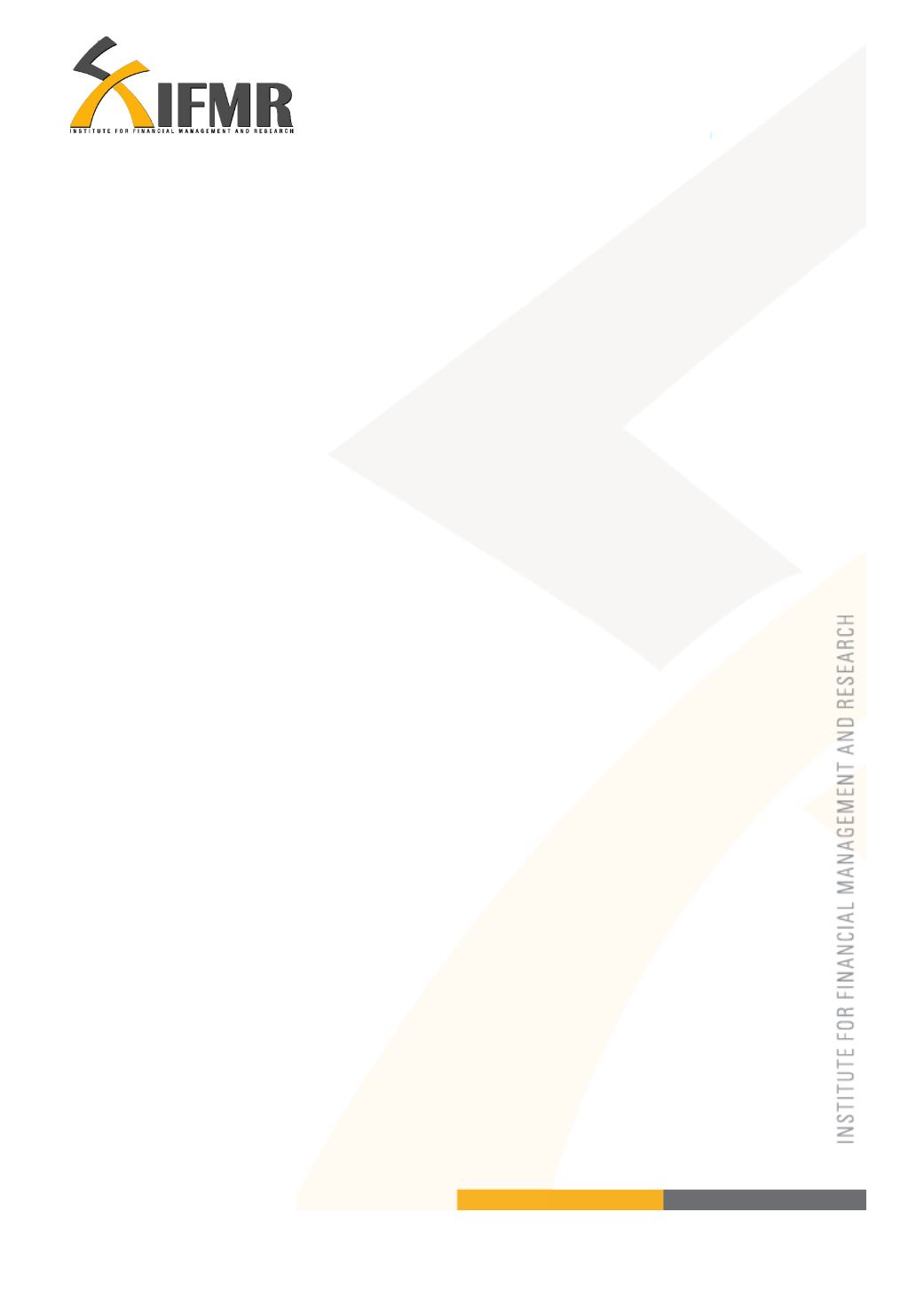
5
Executive Summary
This study examined voluntary savings among SHG members. Specifically, the study
focused on the extent and scope of voluntary savings, driving forces behind voluntary
savings, the purposes to which savings were used and to understand the constraints of
SHG members in the process of voluntary savings. To study these issues six districts in
the states of Tamil Nadu and Karnataka were chosen. They were Tiruvallur,
Kanchipuram, Krishnagiri and Dharmapuri in Tamil Nadu and Shimoga and Udupi in
Karnataka. A total of 900 SHG members were surveyed in these districts and it was
followed by ten Focus Group Discussions (FGDs).
The findings from these studies are as follows
First, the average household income, both primary and secondary, of SHG members is
almost same in both states at around Rs. 18,000/month. Additional income from
government schemes like NREGA was more prevalent in Tamil Nadu than Karnataka.
Second, while the incomes in both states were more or less the same there is a significant
difference in expenditure with SHG households in Tamil Nadu spending more than their
Karnataka counterparts in routine and as well as yearly expenses. For example, while
SHG households in Tamil Nadu spent close to Rs. 25,000 a year towards education in
Karnataka it was nearly half at Rs. 12,000.
Third, pooled savings have certainly increased the trust among members with more than
70% of the respondents indicating the same. SHG members in Tamil Nadu used the
savings primarily to provide internal or in-group loans while in Karnataka the savings
amount was distributed among members within a year or two.. The primary usage of


